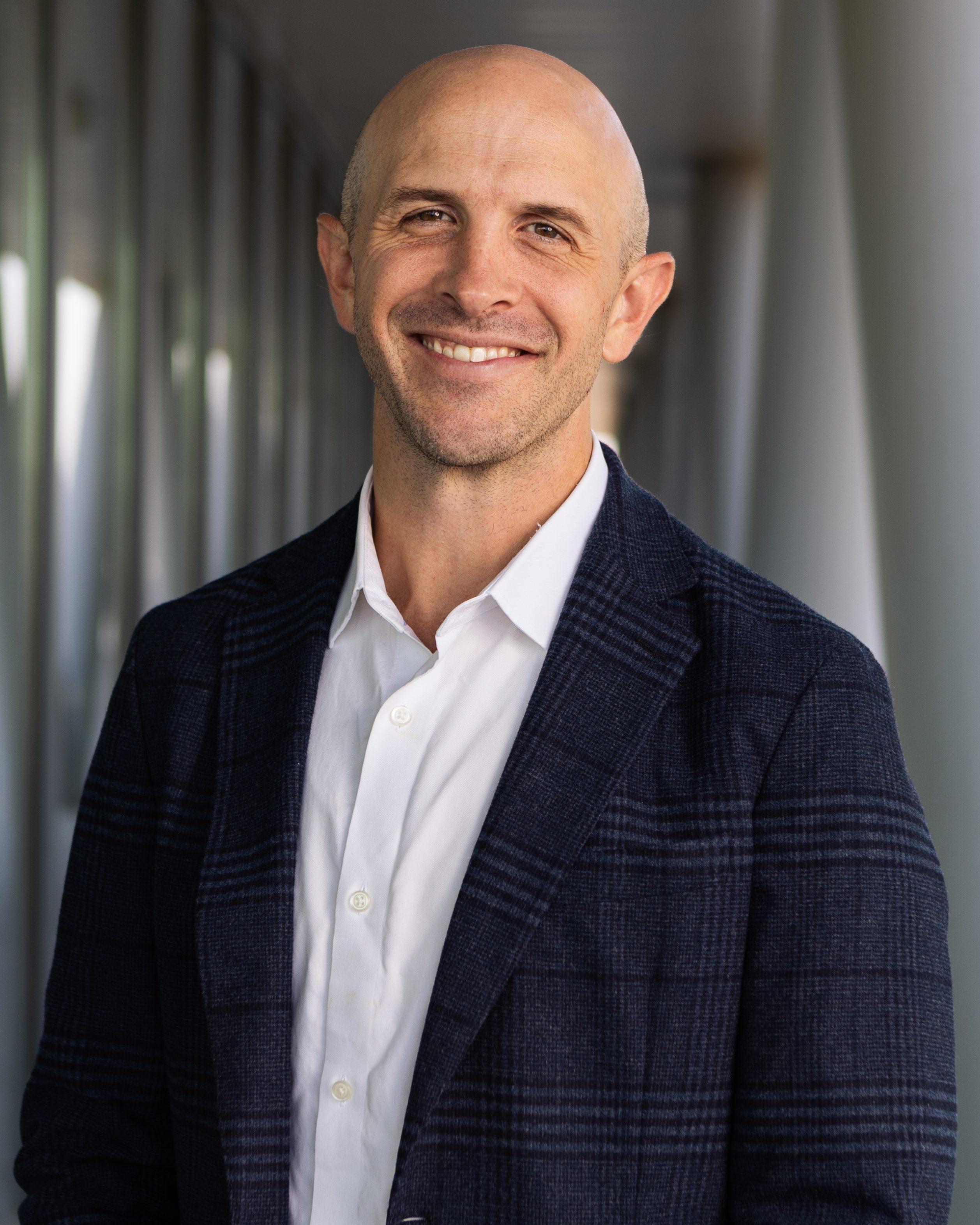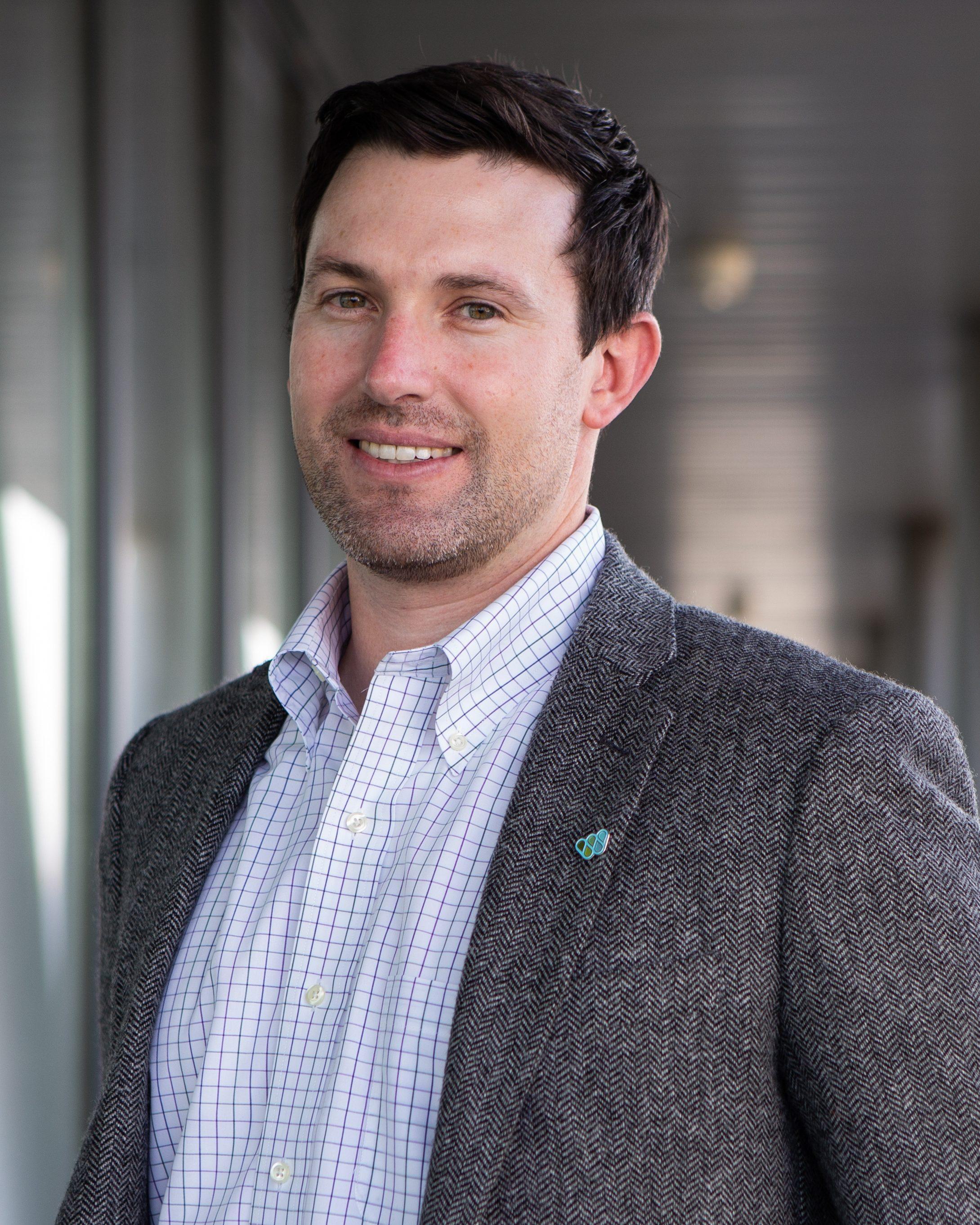Louisiana Coastal Protection and Restoration Authority (CPRA)
Louisiana Watershed Initiative
Ongoing
The Challenge
Rather than making decisions based on city or parish boundaries, Louisiana recognized that floods are not limited by these artificial lines. As a result, the state is using new watershed science and watershed-based planning to improve flood risk decision-making across jurisdictions and improve flood mitigation statewide. To implement holistic approaches statewide, the state established the Louisiana Watershed Initiative (LWI) to improve the way residents and governments understand, address, and respond to flood risk.
The Approach
While Louisiana is no stranger to coastal flood risk, over the past two decades every parish in the state – most of which are inland and upland – has had a federal flood disaster declaration. In 2016, after inland floods led to major disaster declarations across 56 parishes, impacting more than 145,000 homes and causing more than $10 billion in damages, Louisiana’s government fundamentally changed its approach to addressing flood risk.
Because riverine, rainfall, and coastal flooding ignore political boundaries, Louisiana is using new watershed science and watershed-based planning to improve flood risk decision-making across jurisdictions and improve flood protection statewide. This new approach, embedded in the $1.2 billion Louisiana Watershed Initiative (LWI), will substantially improve the way residents and government agencies understand, address, and respond to flood risk within watersheds and across political boundaries.
LWI, managed by the Office of Community Development (OCD), will fund watershed projects and programs at multiple scales. Coordinated watershed monitoring, mapping, and modeling as well as policy and planning activities will ensure successful implementation of these projects and programs, including state and regional projects, an updated river and rain gauge network, and regional capacity building.
The Water Institute is providing programmatic and technical support across a range of LWI activities, including the data and modeling program. LWI is procuring updated hydrologic and hydraulic (H&H) modeling for the entire state, including in areas that have never been modeled or mapped. These models, and their underlying data sets, will improve the state’s understanding of, and planning for, current and future flood risk from different types of flooding events.
The models will be informed by new “compound flood” research led by The Water Institute in areas where flood drivers may transition from coastal to inland fluvial and pluvial. Compound flooding is difficult to simulate in a model, but many people in Louisiana experience its impacts on a regular basis. When extreme rainfall coincides with a coastal surge, after a period where rain has soaked the soils and reduced their infiltration capacity, compound flooding results and can impact wide swaths of the state.
The Water Institute, partnered with researchers from Louisiana State University, the University of Iowa, and the University of North Florida, leads the LWI project to develop the modeling methodology and guidance for these “flood transition zones” than ultimately will enable such analyses in areas beyond Louisiana. The Institute and its partners at Purdue University are also charged with generating the consequence modeling methodology and supporting data tools, such as a statewide structure inventory, to enable the state to understand the impacts to economics and human life that floods may cause.









